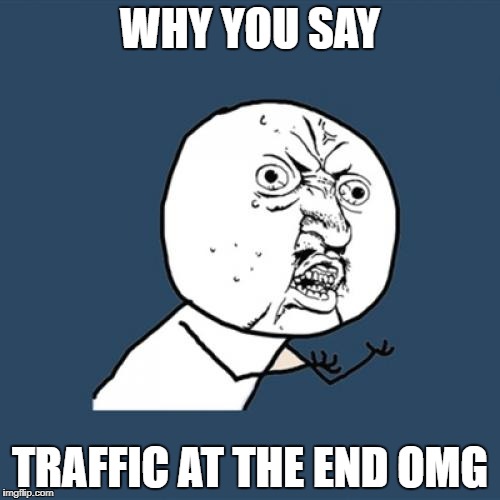Lndwarrior
Cleared for Takeoff
- Joined
- Jan 15, 2009
- Messages
- 1,124
- Display Name
Display name:
Gary
I'm guessing something changed with the FAA training syllabus since I got my ticket. I hear this at least 50% of the time now:
"Cloverdale traffic (no issues with this one) Experimental 972GL turning right downwind 32 Cloverdale traffic."
Ending the call with the word "traffic" seems unnecessary and was not the way I was taught a million years ago. I was taught you would simply end the call with "Cloverdale" without the "traffic" following.
At first I thought it was just a few mis-guided soles but I hear it so often here in NorCal that I'm guessing the FAA must be teaching it this way. Is this true?
If so, does anyone know the rationalization for it?
TIA
Gary
"Cloverdale traffic (no issues with this one) Experimental 972GL turning right downwind 32 Cloverdale traffic."
Ending the call with the word "traffic" seems unnecessary and was not the way I was taught a million years ago. I was taught you would simply end the call with "Cloverdale" without the "traffic" following.
At first I thought it was just a few mis-guided soles but I hear it so often here in NorCal that I'm guessing the FAA must be teaching it this way. Is this true?
If so, does anyone know the rationalization for it?
TIA
Gary





